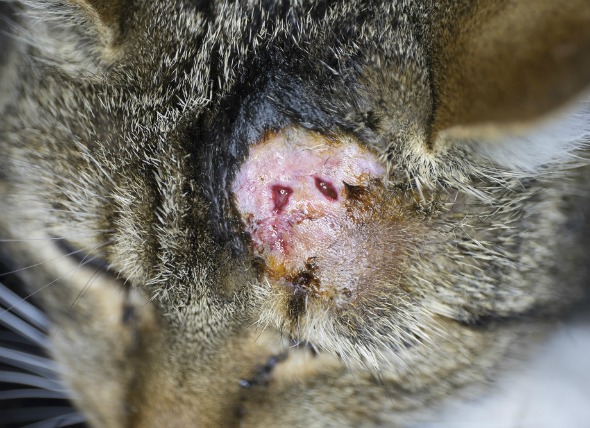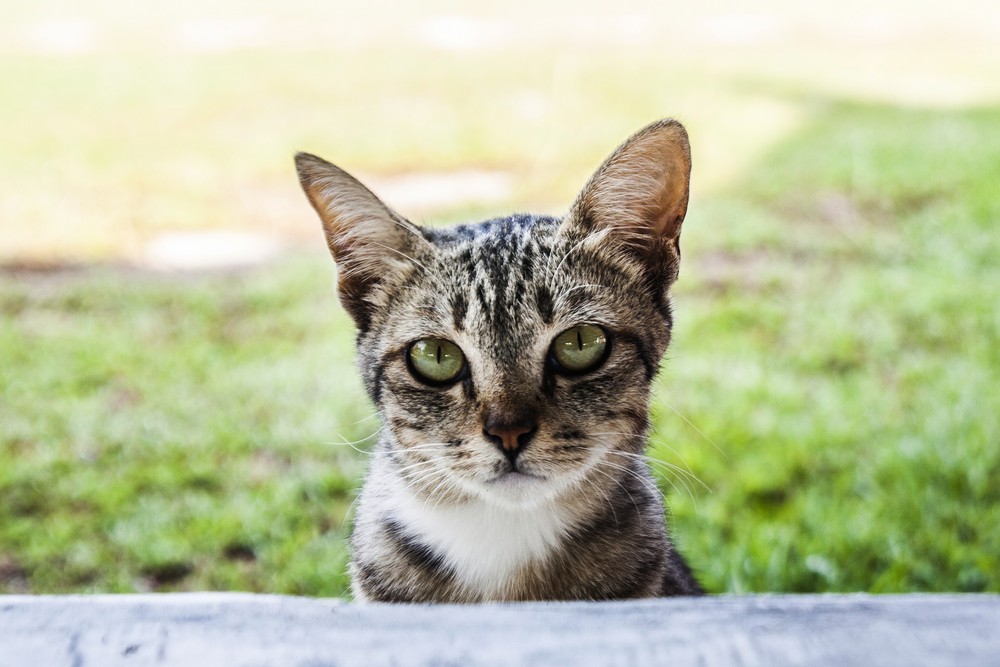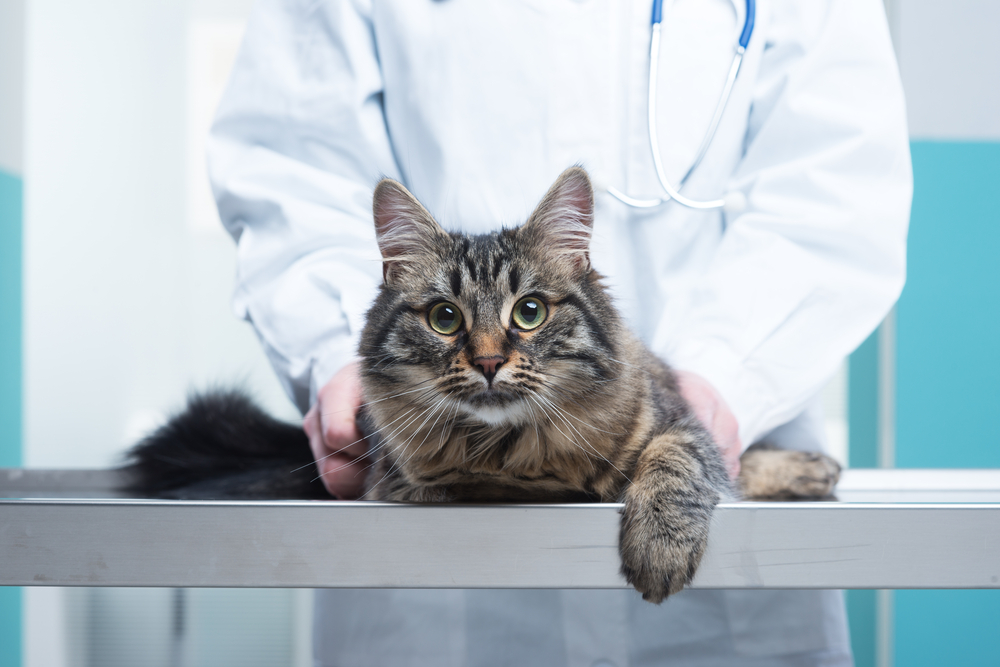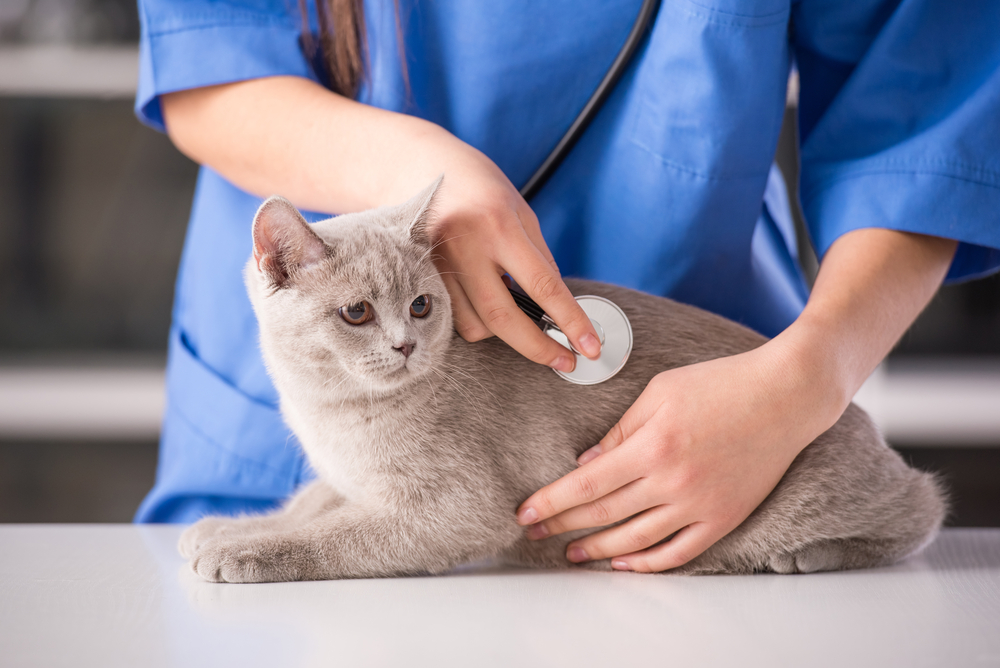

Cats, like people, are prone to skin irritations. While they can often be treated with ointments and creams, an abscess can form if an irritation worsens or if bacteria invades the skin. An abscess can also occur when a cat becomes infected from a variety of injuries, and can be found on virtually any part of an animal’s body. It is important to note that while surface wounds are fairly common in pets, they can become problematic if they are infected and are left untreated.
Cats are most likely to experience abscesses, as they tend to fight with other cats when they roam outdoors, and a fight wound can be susceptible to bacterial infection if not treated. However, animals can also develop infections from relatively minor abrasions.
Pasteurella multocida is the most common bacteria to cause skin infections. Another cause of skin irritation in pets is the Staphylococcus intermedius, which can usually be treated with topical ointments. However, if either of these bacteria make their way deep into the skin, infection becomes a serious problem. A painful abscess will form in response to the bacterial invasion if the wound is left untreated.
Your veterinarian will take a swab test of the infected area to determine the strain of bacteria present. In addition, a standard blood test will usually be performed to see if the infection has migrated to the bloodstream. Once a proper diagnosis is made, the veterinarian will prescribe an appropriate treatment plan.
Initially, most skin issues can be treated with topical solutions and ointments, but when the issue becomes more serious, such as when the bacteria has gone deep into the tissue, or has infected the blood, alternative treatment options will be considered. Your cat will need to be taken to the veterinarian so that the wound can be properly cleansed, drained, and flushed. This will prevent deeper infection and complications. Your veterinarian will also prescribe antibiotics to control the bacteria. If the abscess is serious or deep in the skin, clindamycin may be recommended as a more aggressive mode of treatment.
If your cat has cuts or wounds, first evaluate whether they are deep or superficial. If they are superficial, there are several pet formulated over-the-counter anti-bacterial ointments that can be used to help reduce the likelihood of an infection. There are also some dips and shampoos that can treat your cat's entire skin surface. If you take your cat to the veterinarian and a course of antibiotics is prescribed, make sure that you complete the entire course of the prescription to prevent the bacteria from returning
 Constipation (Severe) in Cats
Megacolon in Cats
The colon is the section of lar
Constipation (Severe) in Cats
Megacolon in Cats
The colon is the section of lar
 Fungal Disease (Sporotrichosis) of the Skin in Cats
Sporotrichosis in Cats
Sporothrix schenckii is a
Fungal Disease (Sporotrichosis) of the Skin in Cats
Sporotrichosis in Cats
Sporothrix schenckii is a
 Eye Defects (Congenital) in Cats
Congenital Ocular Anomalies in Cats
Congenital ab
Eye Defects (Congenital) in Cats
Congenital Ocular Anomalies in Cats
Congenital ab
 How to Keep Cats Out of Your Yard
How to Keep Cats Out of Your Yard
How
How to Keep Cats Out of Your Yard
How to Keep Cats Out of Your Yard
How
 Anemia Due to Red Blood Cell Damage in Cats
Anemia, Heinz Body in Cats
This is a condition in
Anemia Due to Red Blood Cell Damage in Cats
Anemia, Heinz Body in Cats
This is a condition in
Copyright © 2005-2016 Pet Information All Rights Reserved
Contact us: www162date@outlook.com